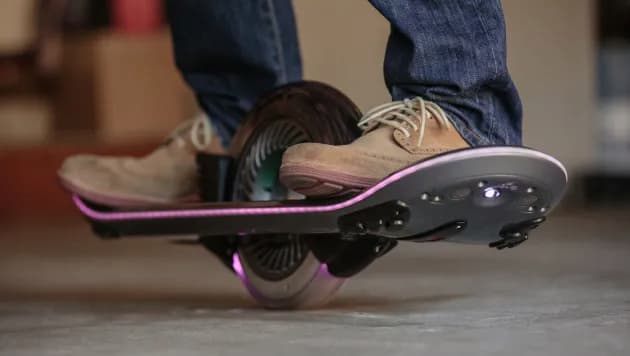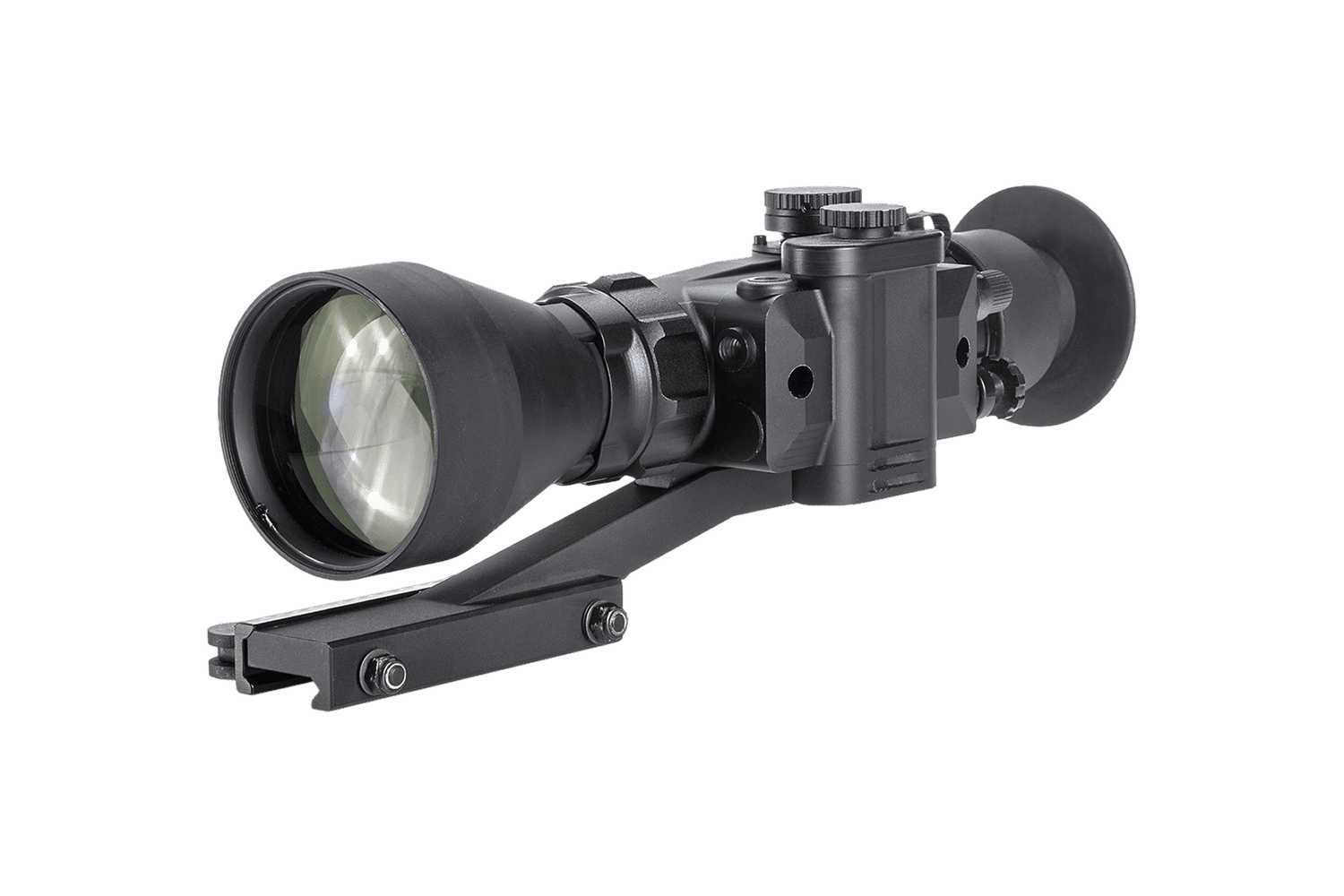
Since the release of “Back to the Future Part II” in 1989, hoverboards have been a staple of science fiction and pop culture. While it’s been over 30 years since Marty McFly soared above Hill Valley on his Mattel-branded hoverboard, the idea of levitating skateboards has remained a tantalizing vision of the future.
In recent years, Tesla, the electric car and renewable energy company founded by tech billionaire Elon Musk, has been rumored to be developing a hoverboard of its own. But how close are we to seeing this technology become a reality? In this article, we’ll explore the history of hoverboard technology, the science behind levitation, and whether or not Tesla hoverboards are more than just a figment of our imaginations.
The History of Hoverboard Technology
Early attempts at hoverboards
The concept of hoverboards can be traced back to science fiction, with the first known mention of a hoverboard appearing in the 1989 film “Back to the Future Part II.” However, it wasn’t until the early 1990s that people began attempting to create real hoverboards. Early attempts included using fans or jets of air to lift the board off the ground, but these were impractical and unstable.
The rise of magnetic levitation
In the late 1990s, a new technology called magnetic levitation, or maglev, began to gain traction in the field of hoverboard development. Maglev uses the repelling force between magnets to lift an object off the ground and hold it in place. While maglev technology allowed for more stable and controlled hovering, it was still limited by the need for a specially designed track or surface.
The limitations of current technology
Today, the most common type of hoverboard uses two wheels and gyroscopic sensors to maintain balance, rather than true hovering. While these “self-balancing scooters” are popular and widely available, they are not true hoverboards and still have limitations such as difficulty traversing uneven terrain and limited battery life.
Recent breakthroughs in hoverboard design
Recent breakthroughs in hoverboard design have included the use of new materials and technologies to improve stability, control, and power efficiency. For example, some companies are experimenting with the use of superconductors and liquid nitrogen to create powerful magnetic fields that can lift and propel a board. Other companies are developing innovative new propulsion systems, such as electric ducted fans, to achieve greater speed and maneuverability.
The impact of science fiction on hoverboard development
The popularity of science fiction has played a significant role in driving the development of hoverboard technology. The iconic image of Marty McFly cruising on his hoverboard in “Back to the Future Part II” captured the imagination of an entire generation, and inspired many to try and make the fantasy a reality. Today, the dream of a true hoverboard remains alive, fueled by the ongoing fascination with science fiction and the desire to push the boundaries of what is possible.
The Science of Levitation
The principles of magnetic levitation
Magnetic levitation, or maglev, is a technology that uses the repelling force between magnets to lift an object off the ground and hold it in place. This is achieved by arranging the magnets in a specific way so that their magnetic fields interact and create a stable levitation effect. Maglev is used in a variety of applications, including high-speed trains, hoverboards, and even levitating sculptures.
The role of superconductors in levitation
Superconductors, materials that can conduct electricity with zero resistance at very low temperatures, play a crucial role in many types of levitation technology. When a superconductor is placed in a strong magnetic field, it can levitate due to the Meissner effect, which causes the magnetic field to be excluded from the superconductor. This creates a stable levitation effect that can be used in a variety of applications, including maglev trains and levitating vehicles.
Challenges in achieving stable levitation
Despite the many benefits of levitation technology, achieving stable levitation can be challenging. One of the main challenges is maintaining a consistent magnetic field, which is necessary for stable levitation. Any disturbances or fluctuations in the magnetic field can cause the levitating object to wobble or even fall. Another challenge is maintaining a precise balance between the levitating force and the weight of the object, which is necessary to maintain stable levitation.
The potential for levitation in transportation
Levitation technology has the potential to revolutionize transportation by enabling high-speed, low-friction travel. Maglev trains, for example, can travel at speeds of up to 600 km/hour and are already in use in countries like Japan and China. Levitating vehicles, such as hovercrafts and flying cars, are also being developed and have the potential to reduce traffic congestion and improve transportation efficiency.
The environmental impact of levitating technology
Levitation technology has the potential to reduce the environmental impact of transportation by reducing energy consumption and emissions. Maglev trains, for example, are much more energy-efficient than traditional trains and produce no emissions. Similarly, levitating vehicles have the potential to reduce emissions by eliminating the need for tires and reducing friction with the road. However, the production and maintenance of levitation technology can also have environmental impacts, such as the use of rare earth materials in magnets and the energy consumption required to maintain superconducting temperatures.
Tesla and the Future of Hoverboards
The rumors surrounding Tesla’s hoverboard development
There have been rumors circulating in recent years that Tesla, the innovative electric car company, is developing a true hoverboard. While Tesla has not confirmed or denied these rumors, the company’s focus on cutting-edge technology and its founder Elon Musk’s interest in science fiction have fueled speculation that a Tesla hoverboard may be in the works.
The challenges facing Tesla in creating a hoverboard
Creating a true hoverboard is a significant engineering challenge, requiring innovative approaches to stability, control, and propulsion. Tesla would need to overcome challenges such as maintaining a stable magnetic field, developing a power source that can provide enough energy for levitation and propulsion, and ensuring safety and reliability.
Potential applications of Tesla’s hoverboard technology
If Tesla were to successfully develop a hoverboard, it could have a wide range of applications beyond just recreational use. For example, a hoverboard could be used for personal transportation, such as commuting to work or running errands. It could also be used in industries such as construction and maintenance, where the ability to hover above the ground could provide greater access and mobility.
The impact of Tesla’s innovation on the hoverboard industry
If Tesla were to enter the hoverboard market, it could have a significant impact on the industry. Tesla’s brand recognition and reputation for innovation could make it a major player in the market and could drive competition and innovation among other companies. Additionally, Tesla’s focus on sustainability and clean energy could also influence the development of eco-friendly hoverboards.
The future of hoverboard technology beyond Tesla’s involvement
Even if Tesla does not enter the hoverboard market, the development of hoverboard technology is likely to continue. As the demand for innovative and sustainable transportation solutions grows, the potential for hoverboards and other levitating vehicles will become increasingly attractive. Other companies and startups are likely to continue pursuing hoverboard technology, pushing the boundaries of what is possible and opening up new applications for this futuristic technology.







